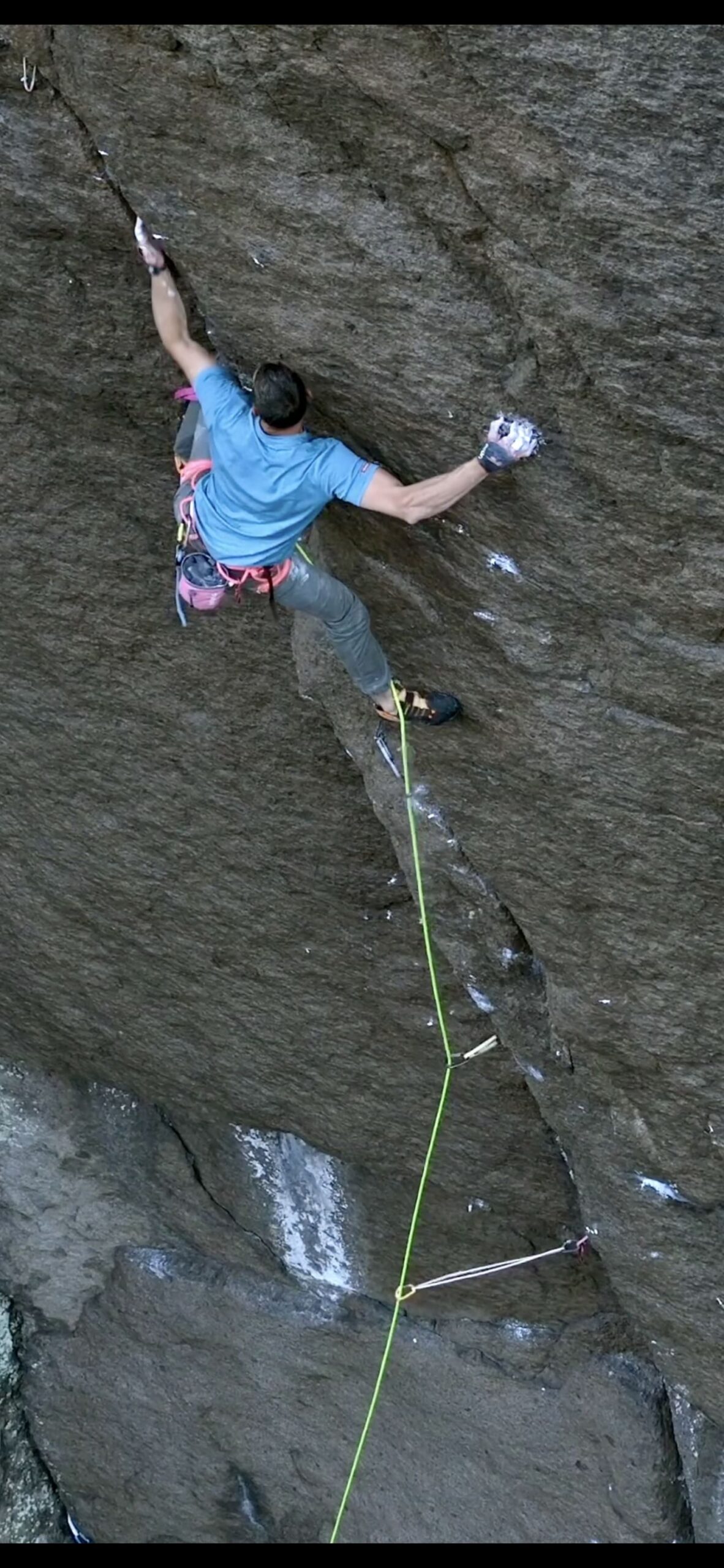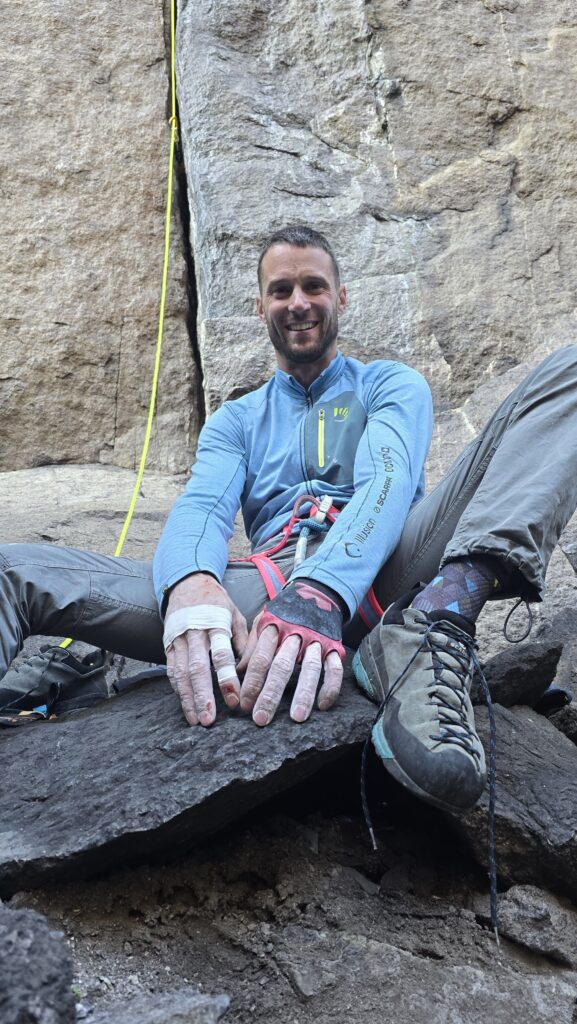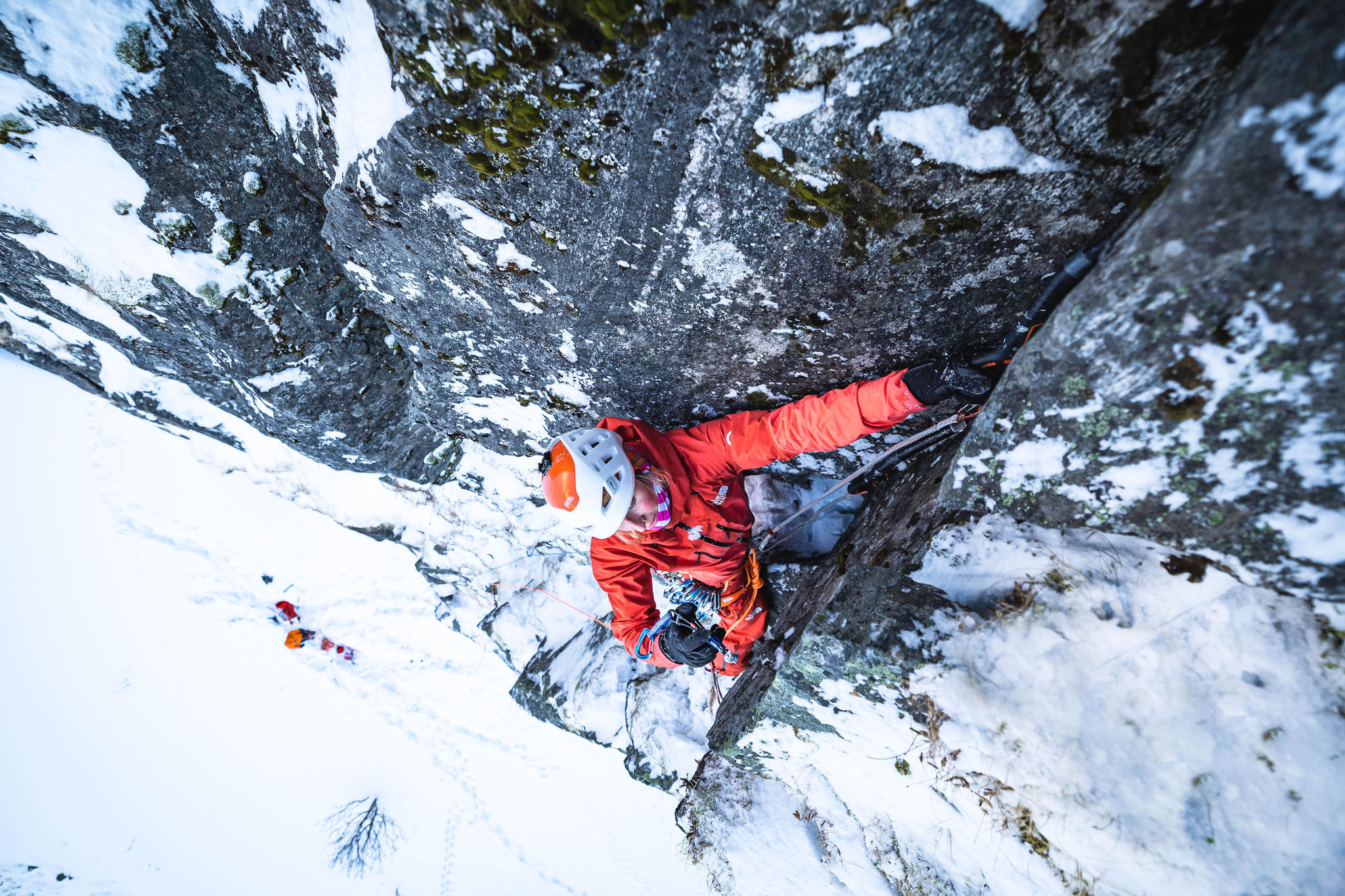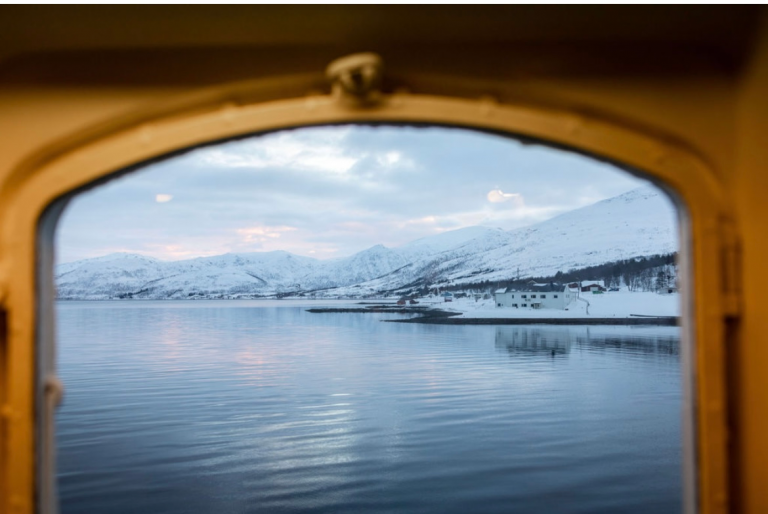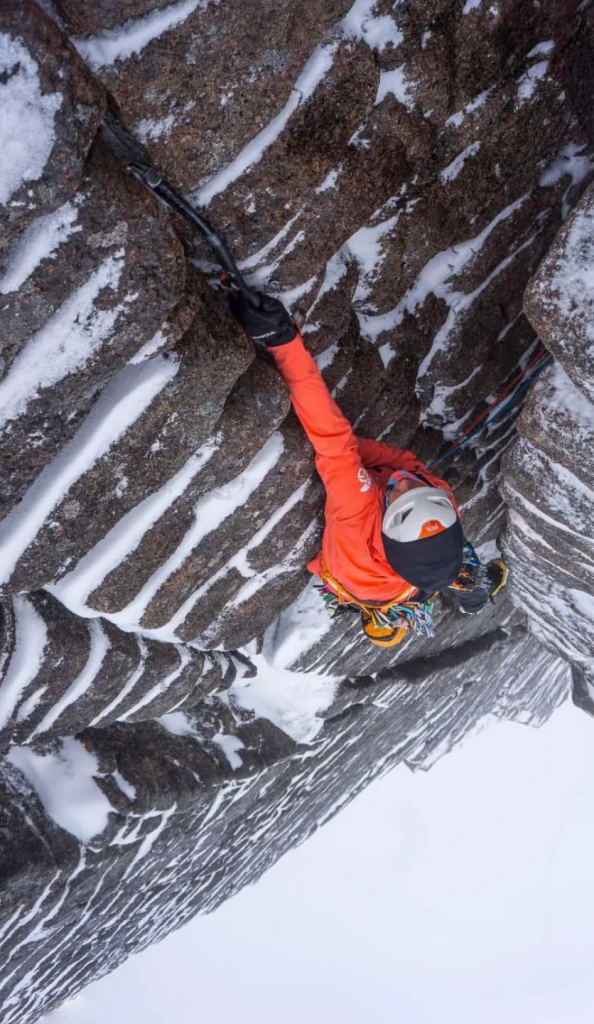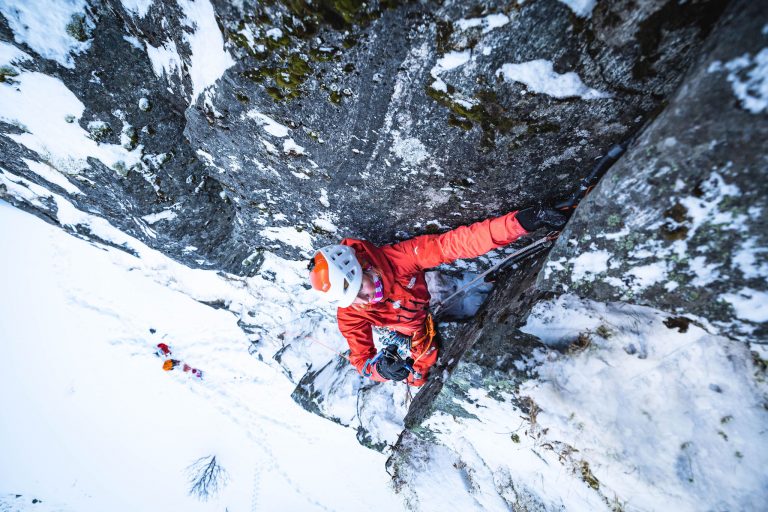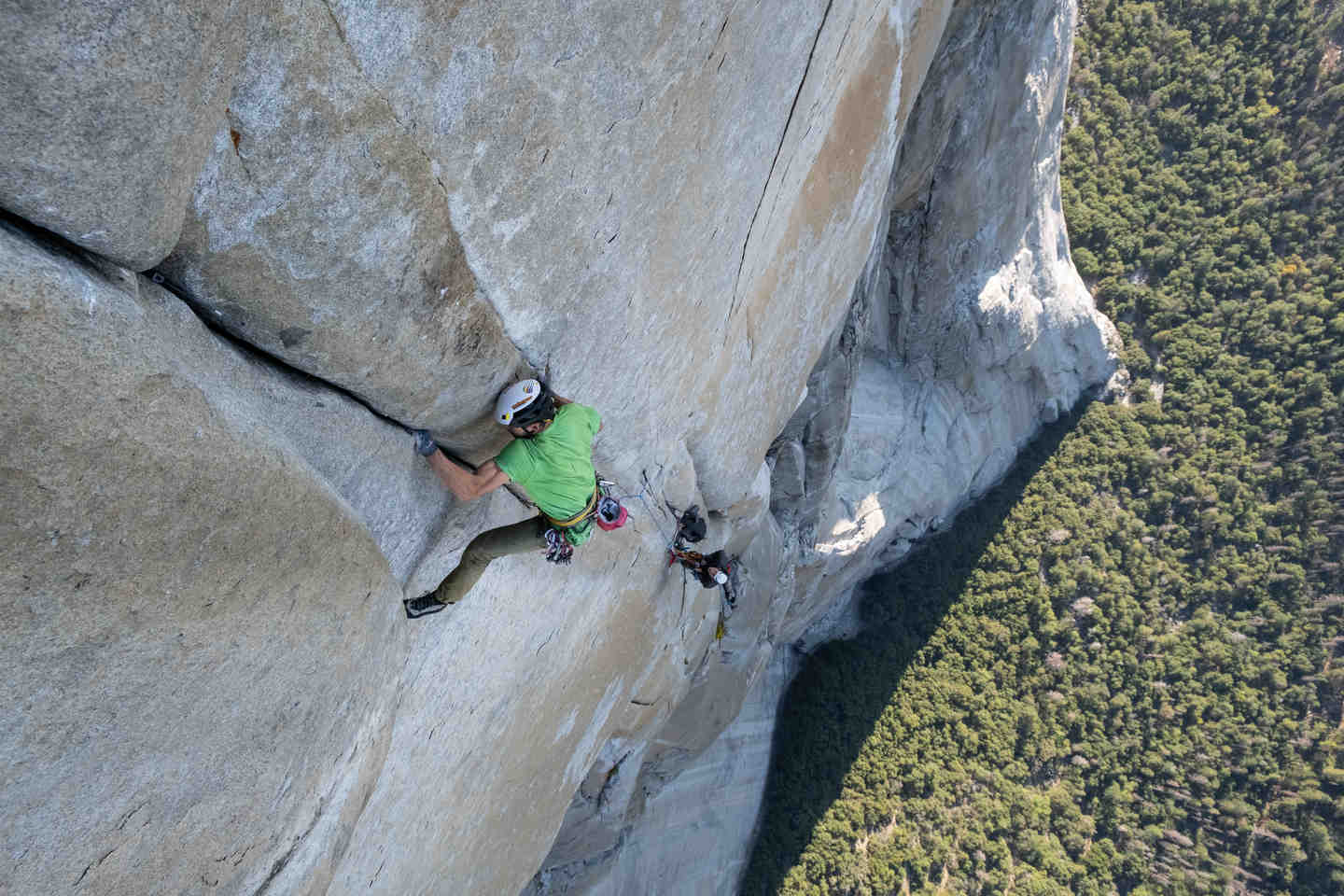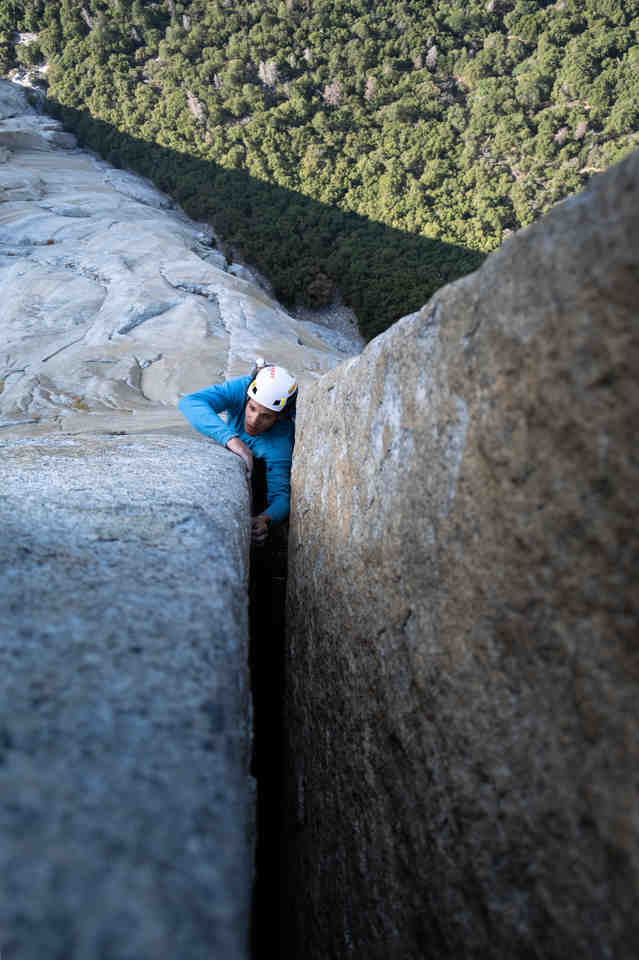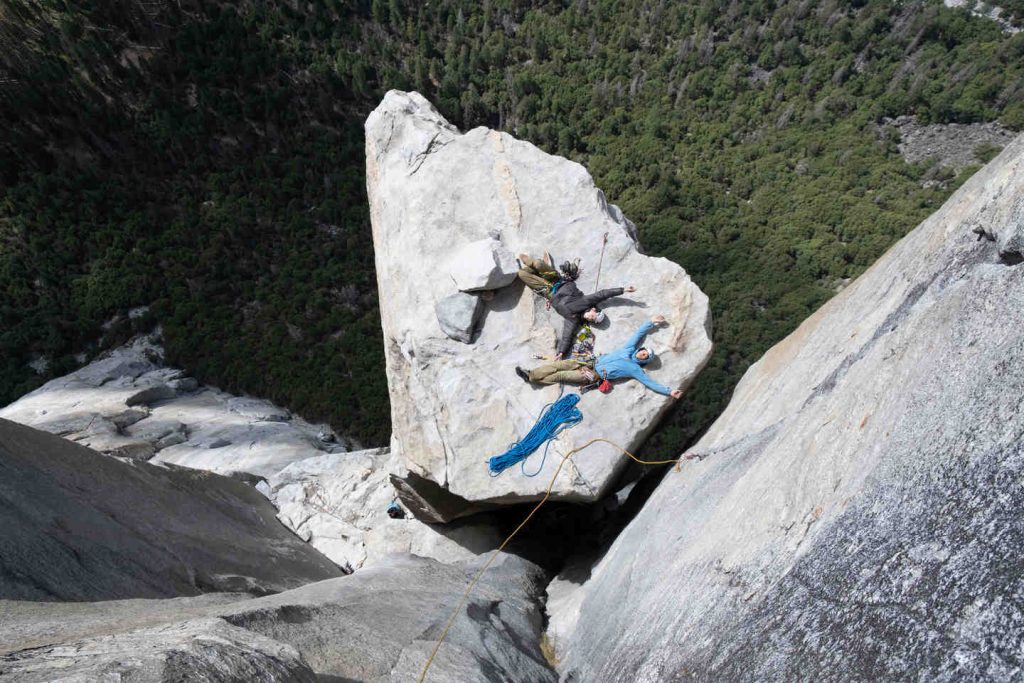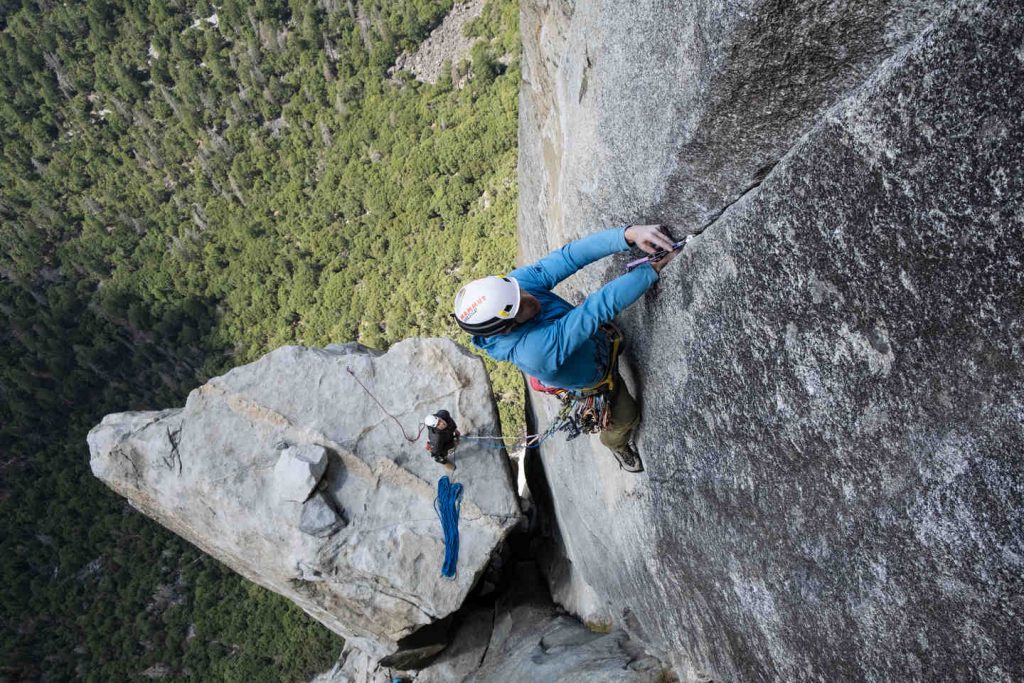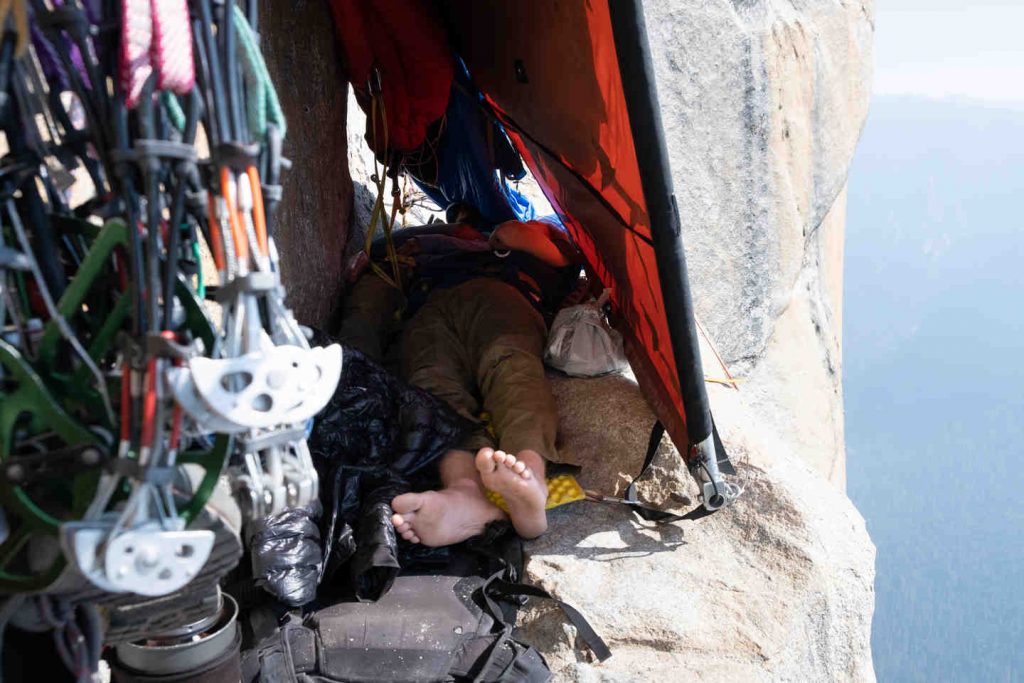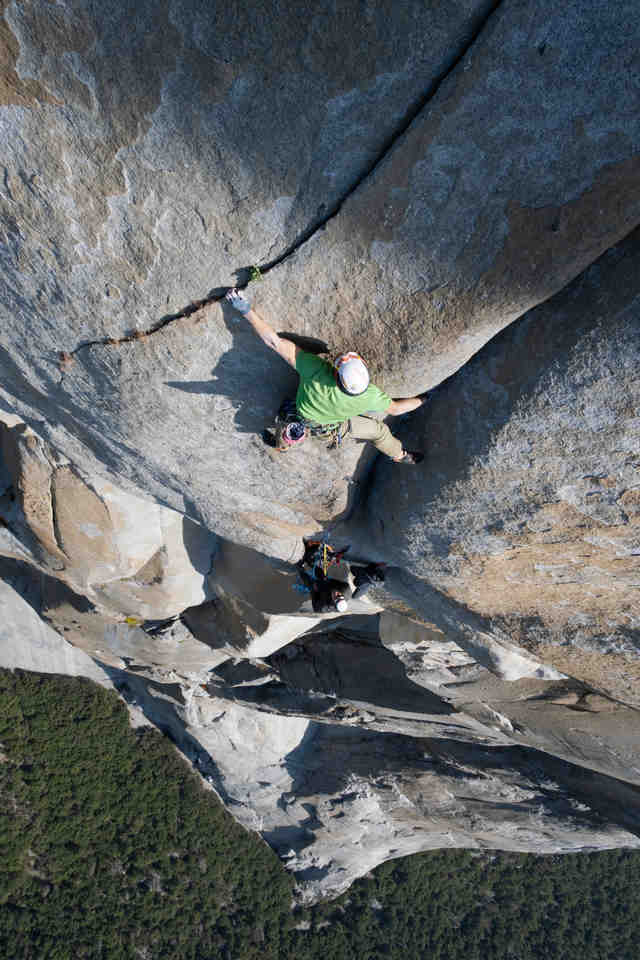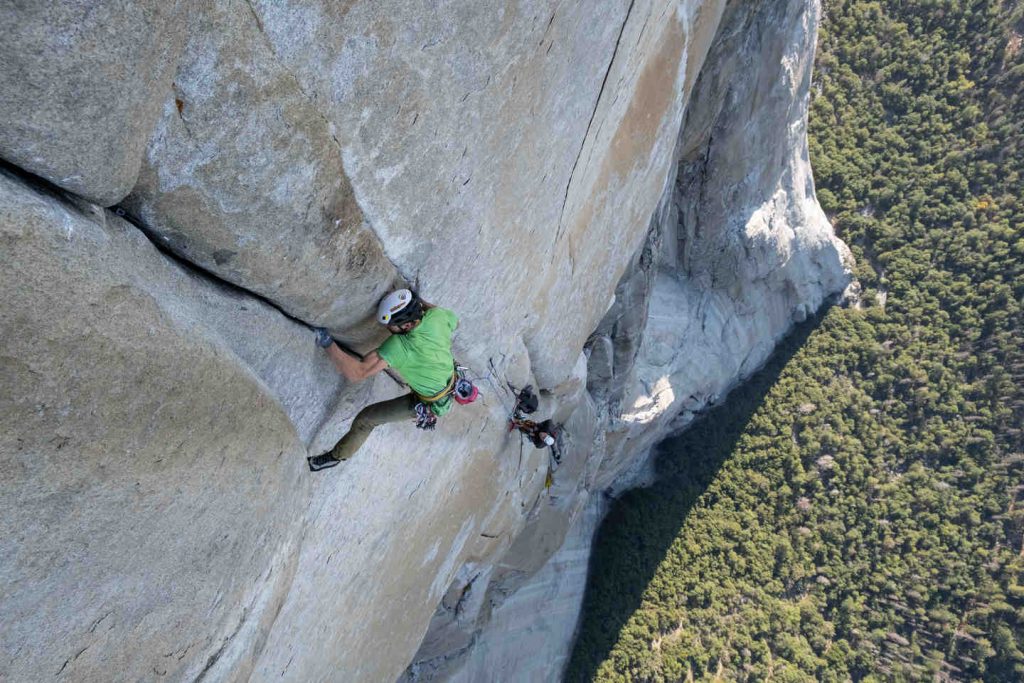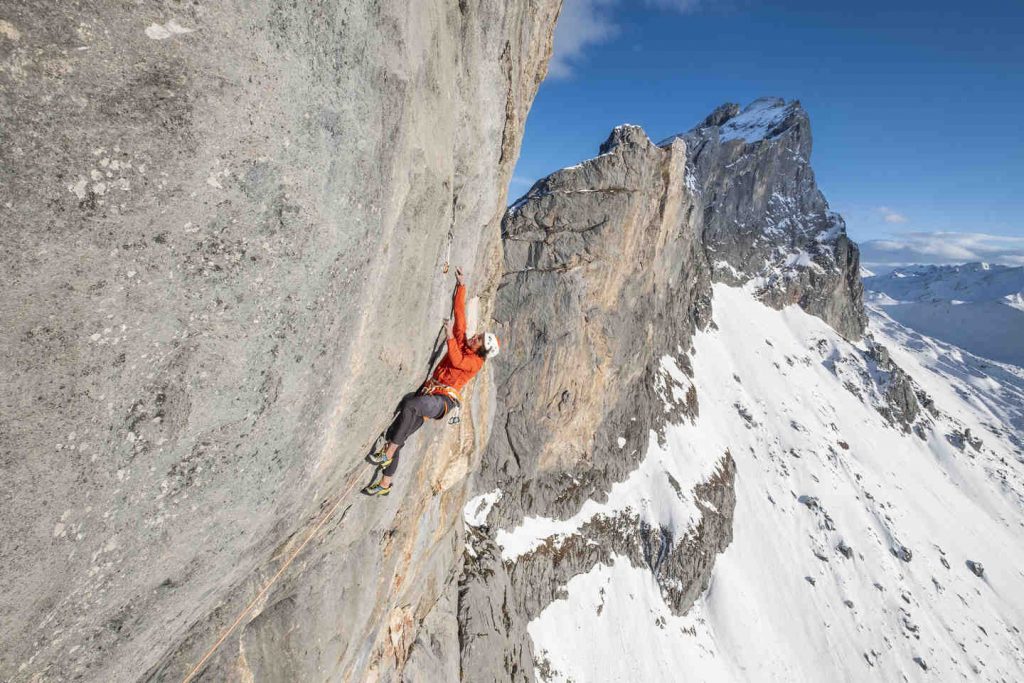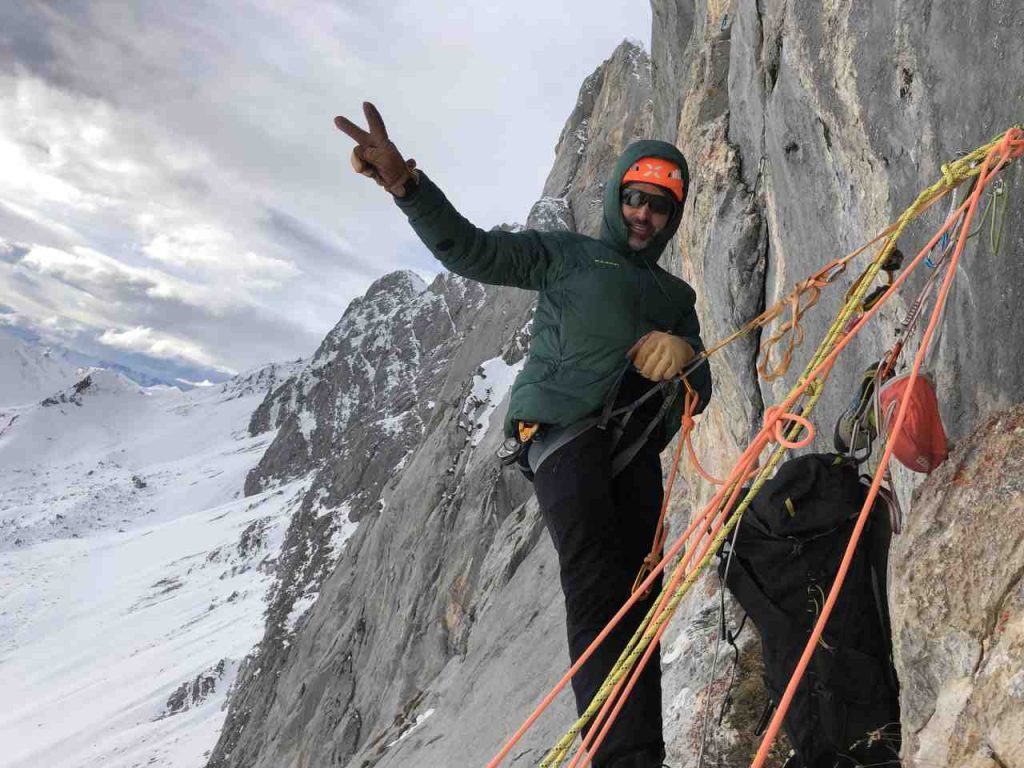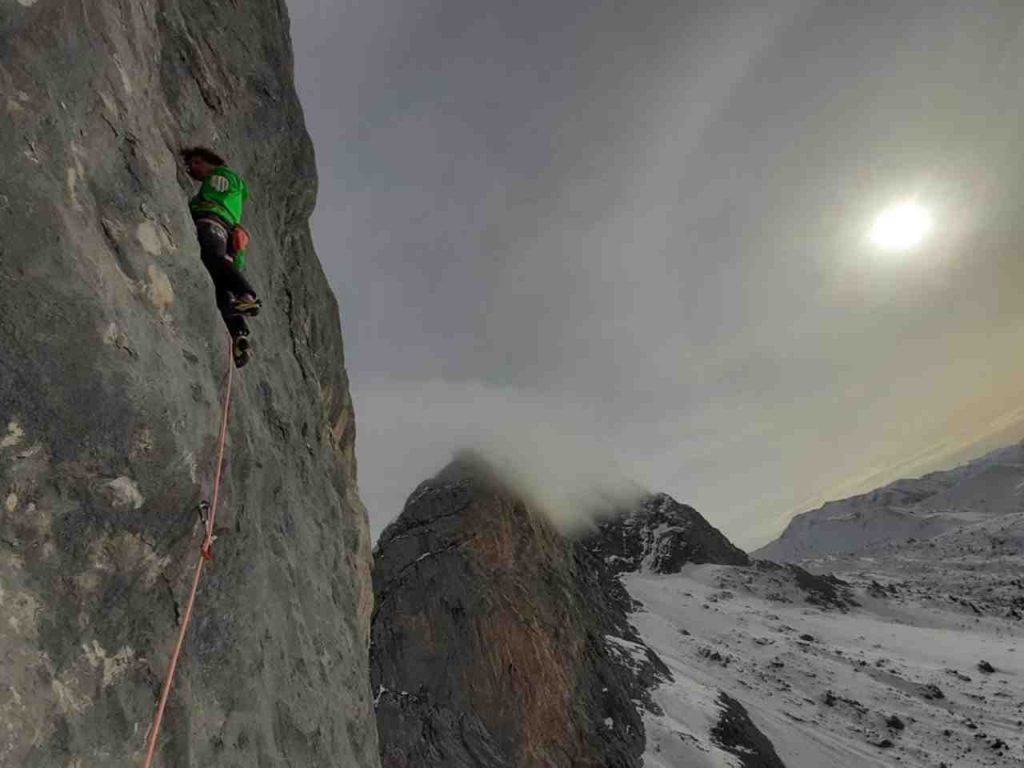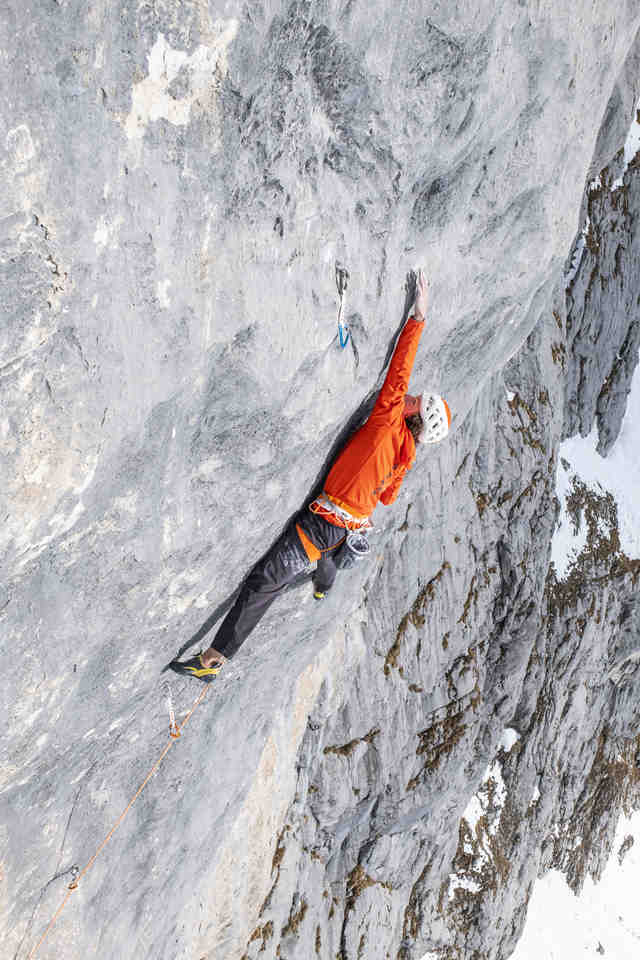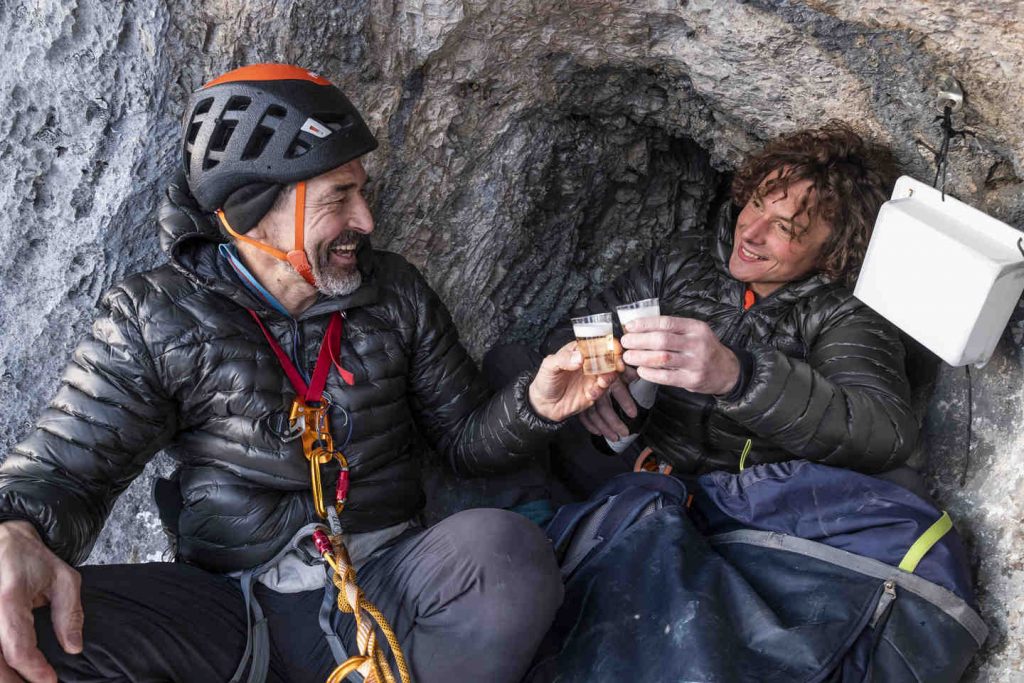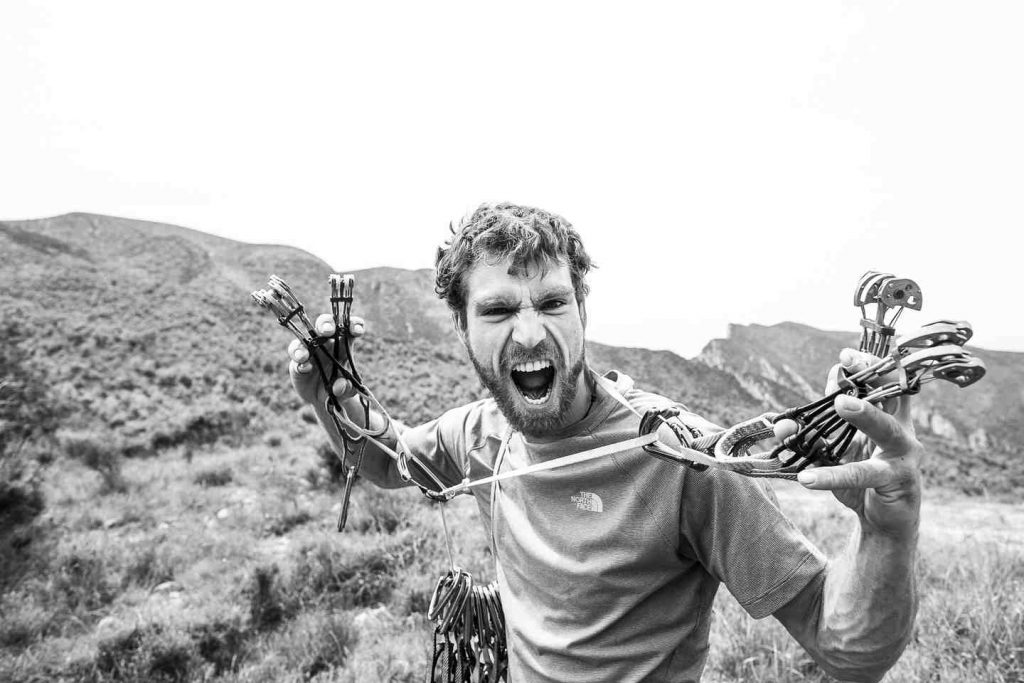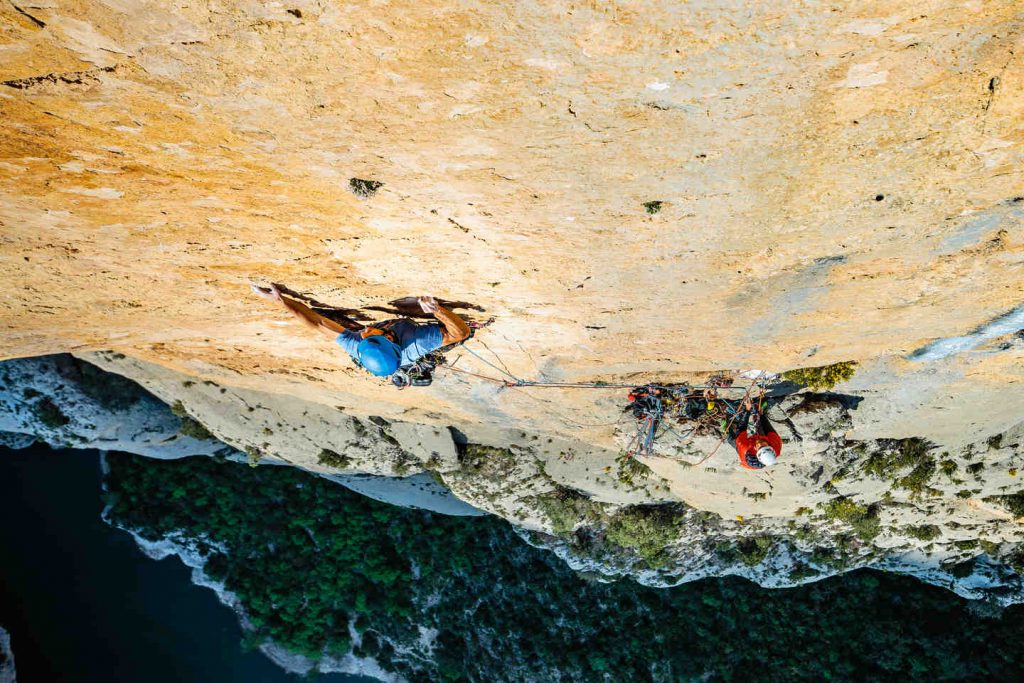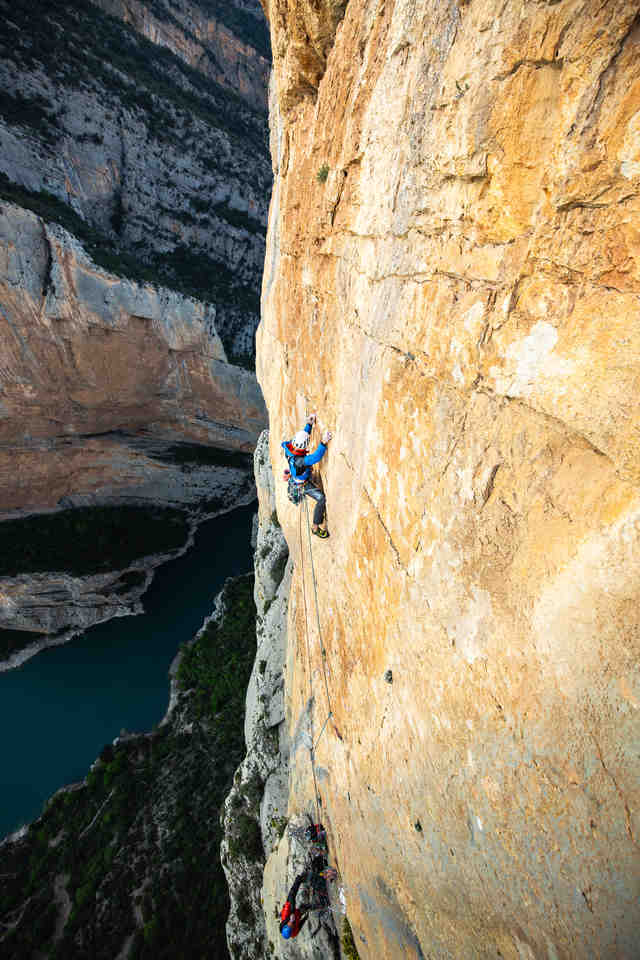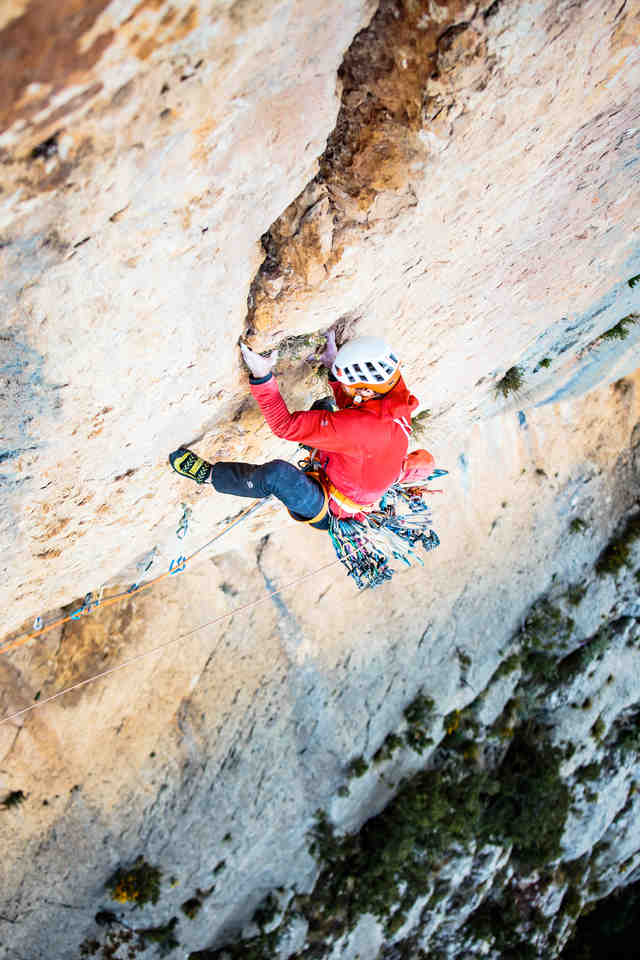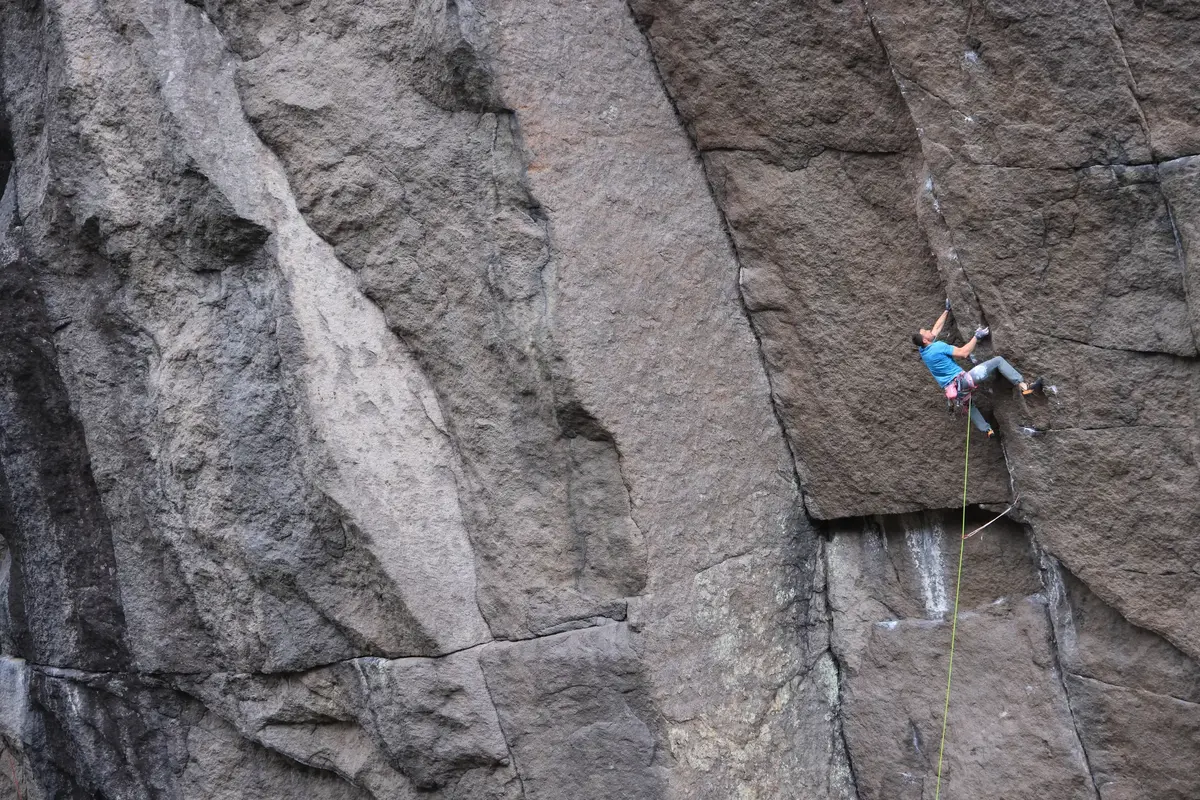
The hardest traditional crack climbing in the world has been climbed with Totem Cams
Getting better and better at crack climbing, and after sending Greenspit last year, I was searching for a new crack project in Europe.
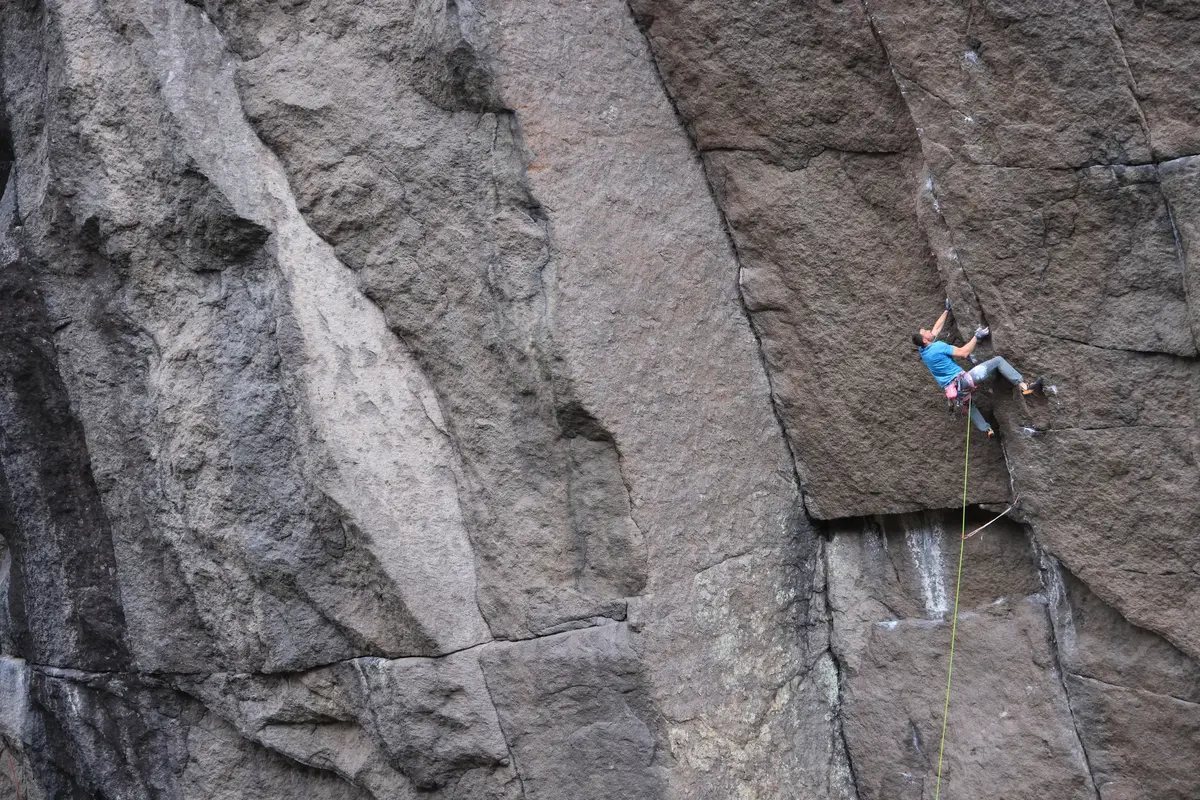
Since Greenspit felt relatively easy—or at least like a quick send—I needed to find something more challenging. Many people recommended to go to Scandinavia, either to Bohuslän or Jøssingfjord. I’m still convinced I’d find good challenges in Sweden, but somehow Jøssingfjord in Norway sounded more appealing. I also talked to Pete Whittaker, who reassured me that Crown Royale wasn’t too technical in terms of jamming and that the cruxes were short and more like face climbing.
Still, the idea of actually sending it hadn’t really taken root in my mind. I just wanted to go there, try it out, and see if it was worth coming back to at some point. Apparently, May is the best month in terms of conditions, so I planned a two-week trip to Stavanger at the end of May.
They were right! As someone who’s very sensitive to conditions, I was finally overwhelmed—in a good way—by the weather in Norway. In two weeks, I barely saw a single raindrop. The temperatures were quite high, but there was a constant sea breeze that only died down twice during the entire trip.
13th of May. I arrived at Profile Wall with my Slovenian friend Filip. We were both amazed by the wall: over 60 meters of overhang with a slabbish top-out. It’s quite a blank wall interrupted by several crack systems. We didn’t want to waste any time, so we opened the trip with an on-sight of a 7b and a 7c.
With some help from Klaas, who was working on the first part of Crown Royale (Lille Krone) at the time, I quickly checked the moves and had no trouble doing them. The only issue was a fist jam that wasn’t possible for me with gloves on. That’s when I decided to climb the first part with only my left glove and tape on my right hand.
The next day brought two unsuccessful attempts, partly because of a small runout in the first crux. After falling there once, I realized it wasn’t a big deal and switched into sending mode. A rest day definitely helped, because on my fourth try, I topped out—not the entire wall, of course, but 30 meters off the ground, where there’s a no-hands rest and the first anchor.
Next up was the upper part.
This section had pre-placed gear from Nico Favresse. Another 80 moves to the edge of the overhang, and they turned out to be surprisingly doable—not easy, but manageable. The hardest part was finding good rests. The next four days followed a routine: climb the first part (often skipping 5 moves in the first crux by grabbing gear), then try hard on the upper section. There was even a day when I reached almost the top with pre-placed gear, after sitting in the harness before starting the upper section. That gave me the confidence that maybe—someday—I could actually top it out.
Before giving it proper redpoint attempts, I had to sort out logistics: where to place cams, which ones to skip, how to clean the wall after a failed attempt, etc. I decided to use more cams (10) in the lower part (since falls there could be dangerous) and cut down to 6 (+1 backup) in the upper section (since it’s steeper and the gear is bomber). This helped me focus more on climbing and reduced rope drag on the top-out.
Then came the final three days of my trip.
Before heading home, I wanted at least one solid redpoint attempt. On the second-to-last day, I was again forced to deal with the first 8b+ crux. I fell on it during my first try. On the second go, the wind stopped and it got super hot. I finally made it past the first crux.
In the upper part, there’s another crux right after a good rest near the first “anchor.” Since it’s more like a sport climb on tiny holds, I didn’t get too far due to poor conditions. The route is tiring, but I didn’t want to waste time. I gave everything on my third try and ended the day happy, knowing I climbed it with only two falls.
On the last day, I woke up extremely sore and it started to rain lightly. By midday, the rain stopped, and a nice breeze gave me motivation to try again. Thanks to the cloud cover, I could start earlier than usual. The warm-up felt rough. I didn’t feel particularly Olympic, but I was eager.
The prep was long as usual: taping my fingers and right hand, setting up the left kneepad, putting on the left glove, clipping the right one to my harness, sorting the gear, tying in, putting shoes on—then action.
Hand jams felt okay, and even the fist jam into the crux worked. The crux felt hard, and my body and mind almost gave up before the next good jam—but I didn’t fall. Even the easier hand-jam section felt tougher than usual.
I finally reached the dihedral rest. While stemming, I got rid of the tape on my right hand and switched to a glove. I felt terrible but gave myself plenty of time to recover. The first upper crux went surprisingly smoothly. I reached my previous high point and found a better rest in the hand jam. The runout was huge, but I stayed focused on my jamming, which felt dialed in.
After that, I reached the bat-hang and repeated it twice to get my forearms as fresh as possible. The higher I climbed, the more focused I became. The remaining cruxes flowed. I began to believe this could really be it. I didn’t rush. I stayed present. Breathing and visualizing the next moves kept me in the zone.
I reached the last protection and decided to skip it—better focus and less rope drag at the top-out. I reached the slab where the rope drag got too heavy, so I untied and continued my free solo trip to the top of the wall. My mouth was craving water, but inside, I was happy, surprised, and—mostly—proud of myself for not letting go until the end.
Just as I cleaned the route and began hiking back to the car, it started raining. And it didn’t stop for the next three days after I left.
Text by Jernej Kruder

